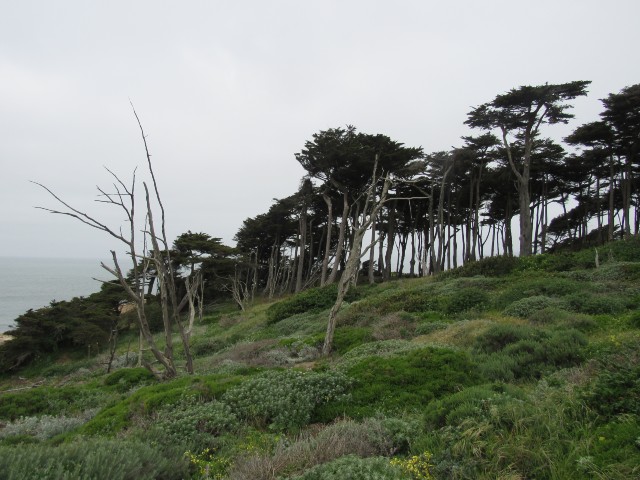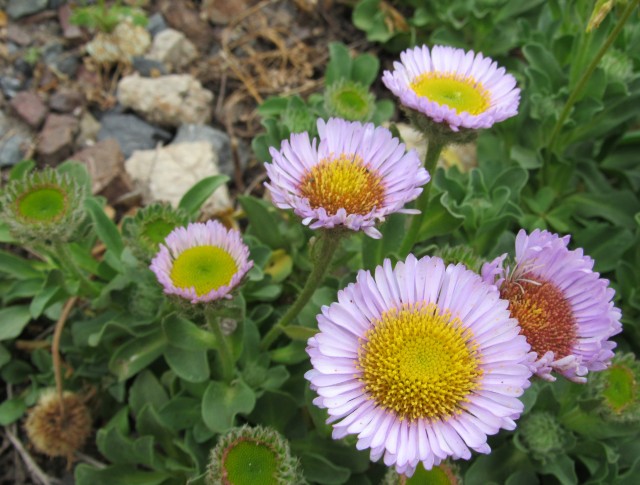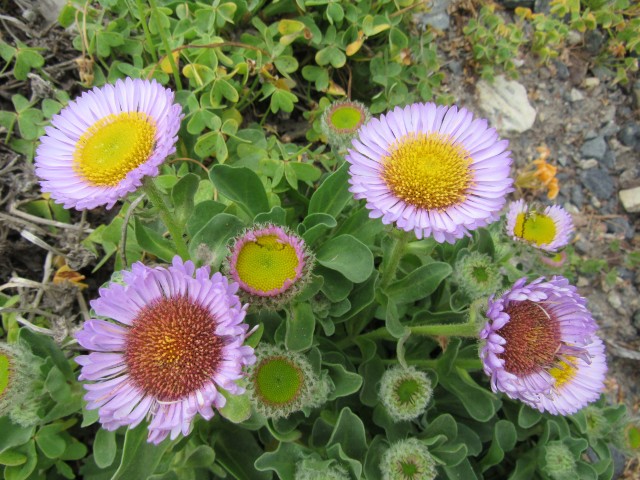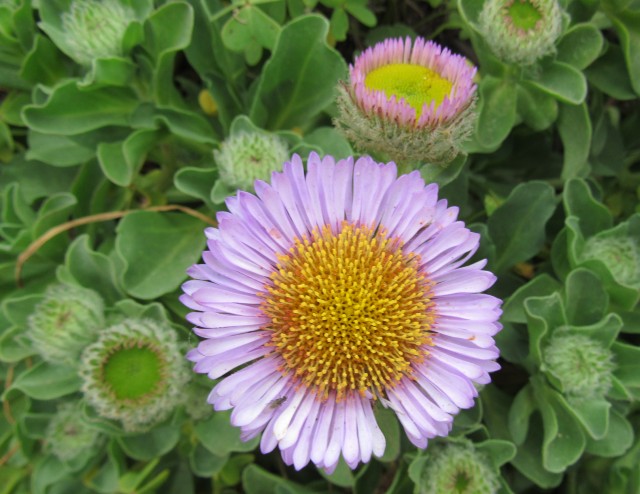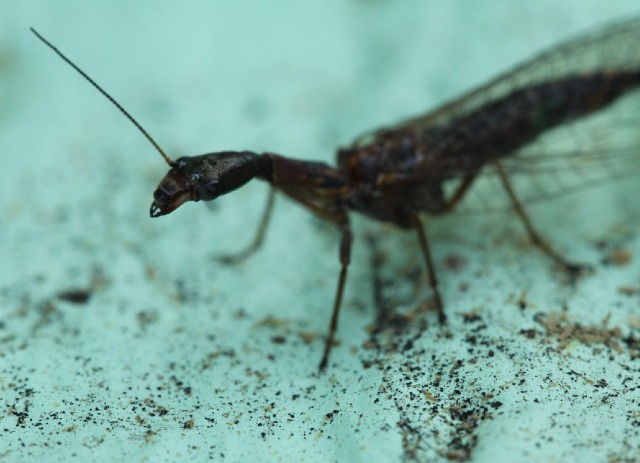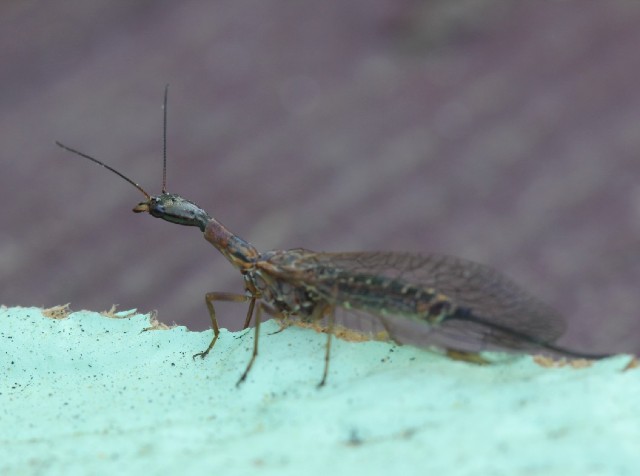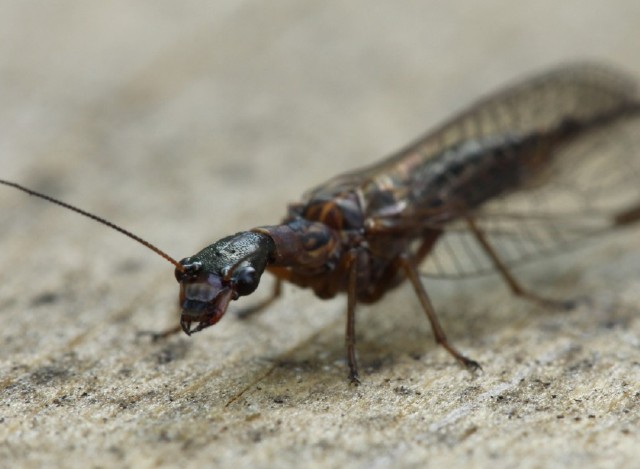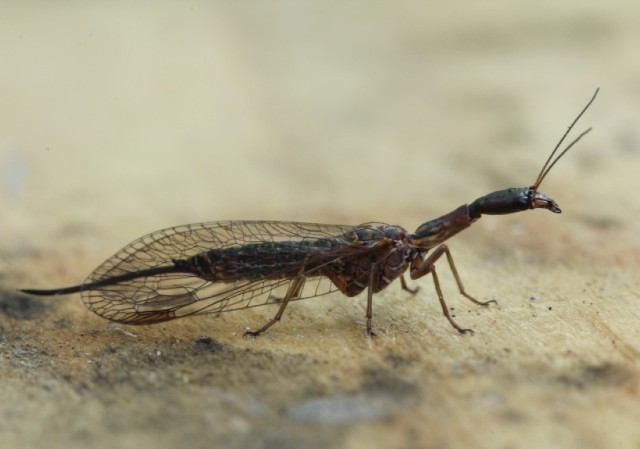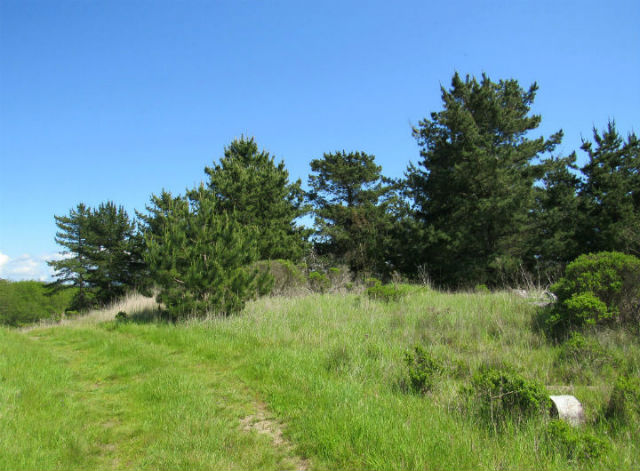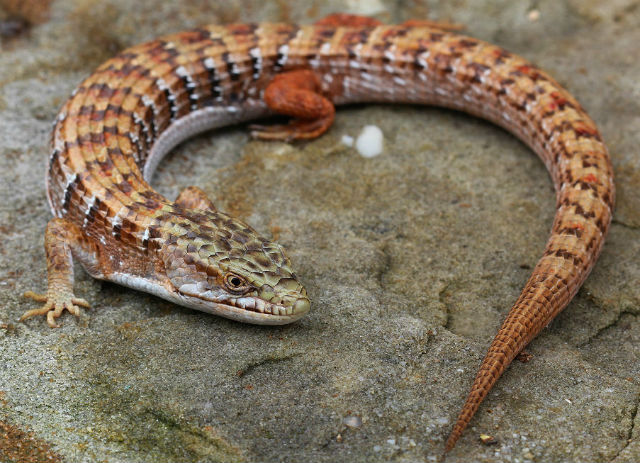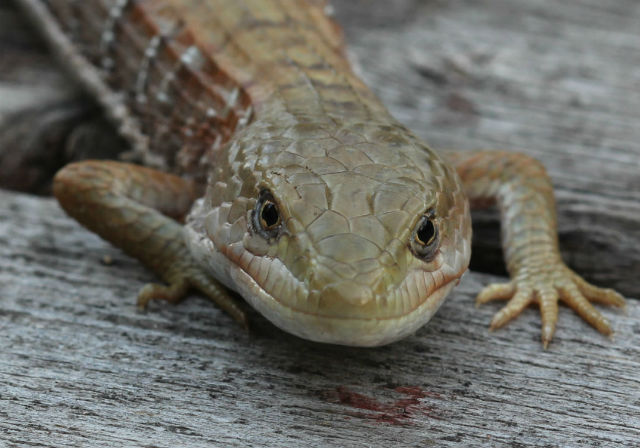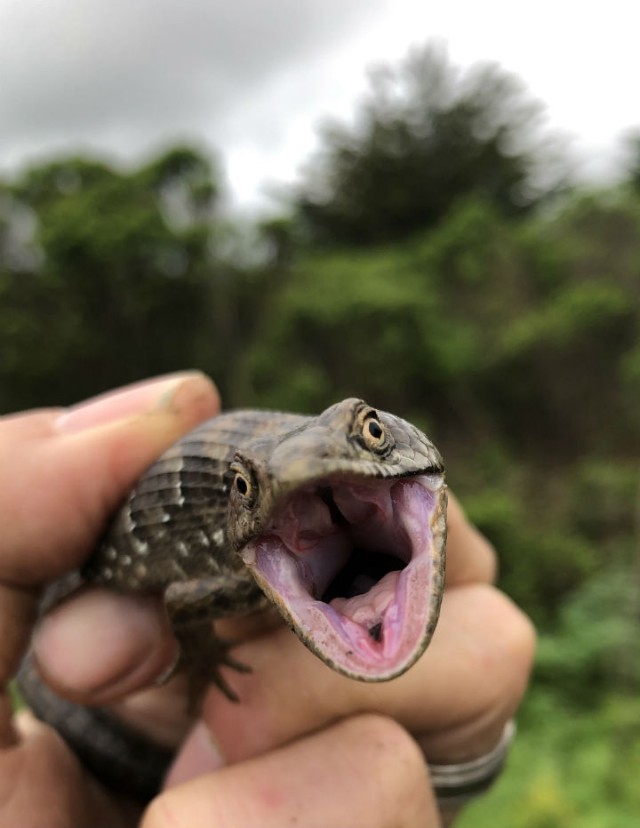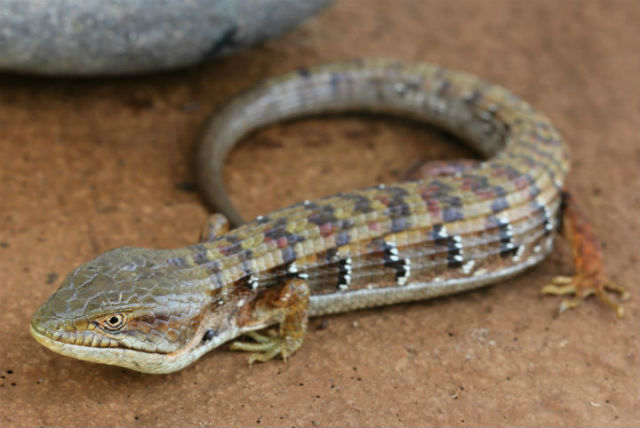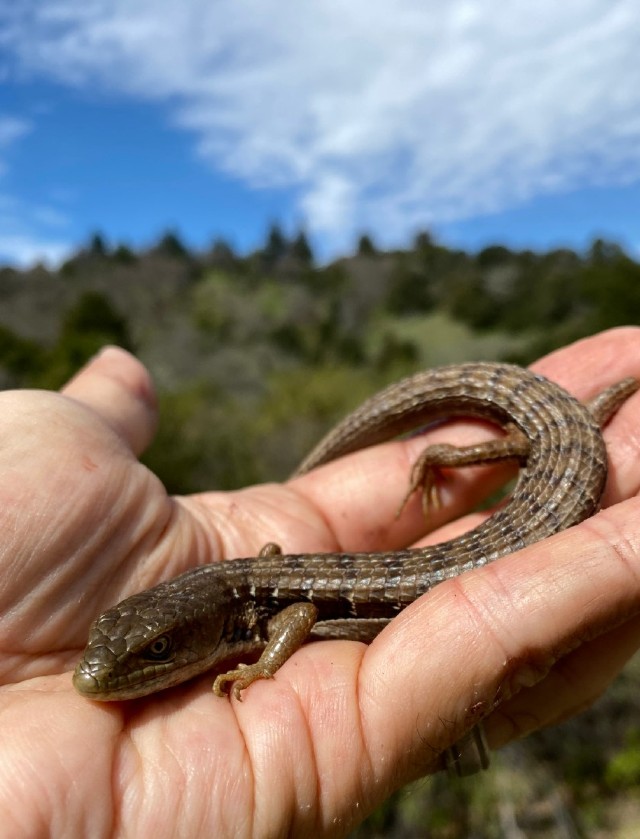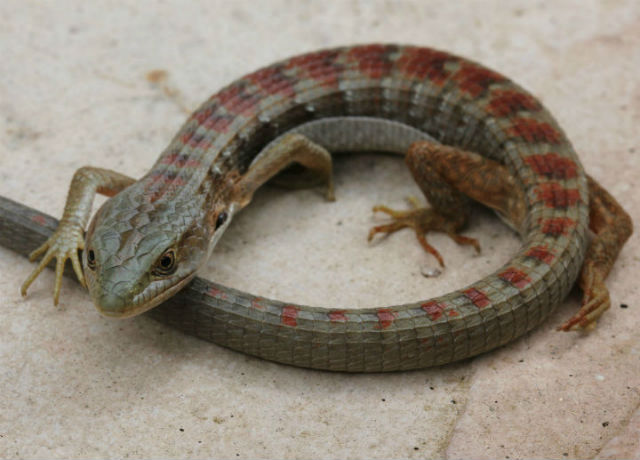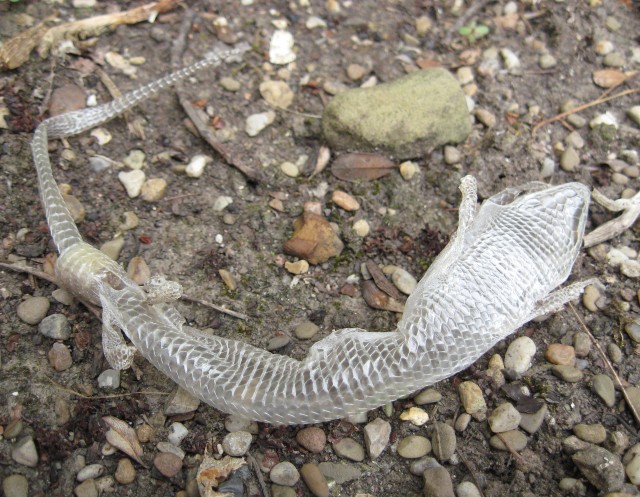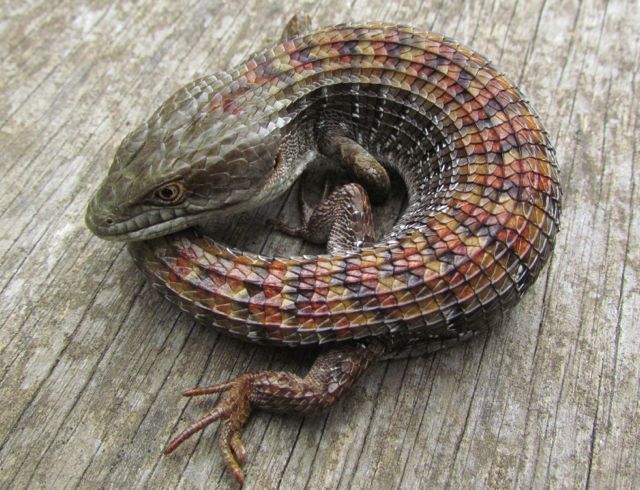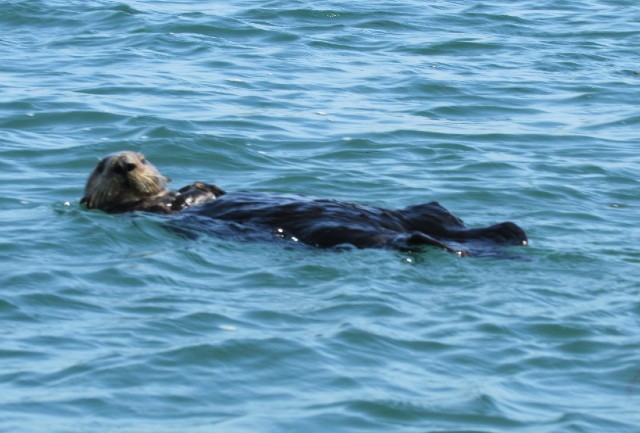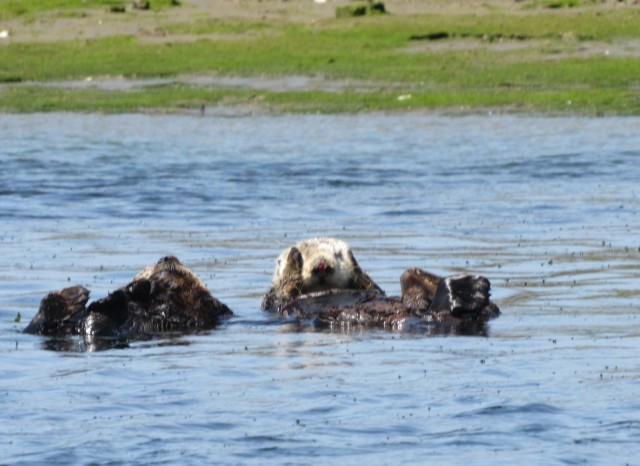While on the Pacific Coast in April, I came across this cool-looking plant. This wildflower is native to the coastline of Oregon and California where it grows on beaches, coastal bluffs and dunes.
Seaside Daisy is a low-growing perennial, which forms a cushion of semi-double, lavender-to-pink flowers adorned with yellow centers.
This plant blooms for months from mid-spring until late summer, when its blossoms almost cover its leathery foliage of thick, spoon-shaped, blue-green leaves.
Its Latin name is Erigeron glaucus. The name erigeron is from the Greek eri meaning “early” and geron meaning “old man,” referring to the fact that the flowers bloom in spring, then turn gray like hair.
This fine plant is also known as Seaside Fleabane and Beach Aster.

